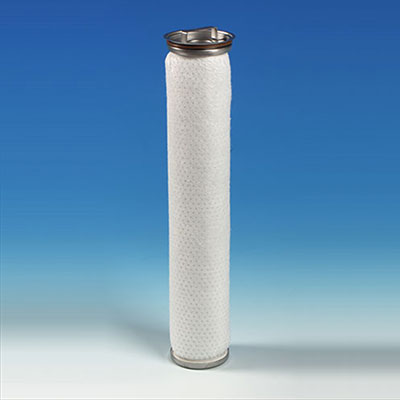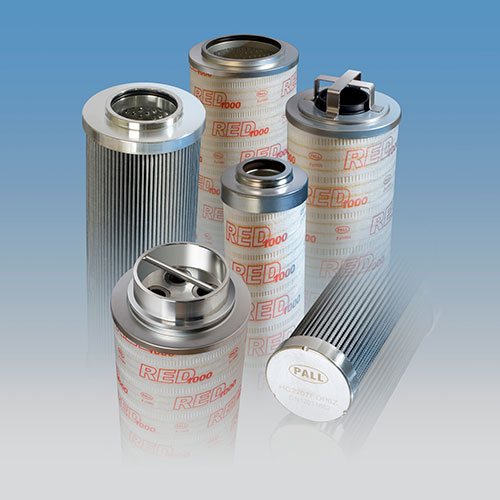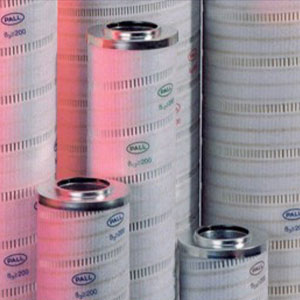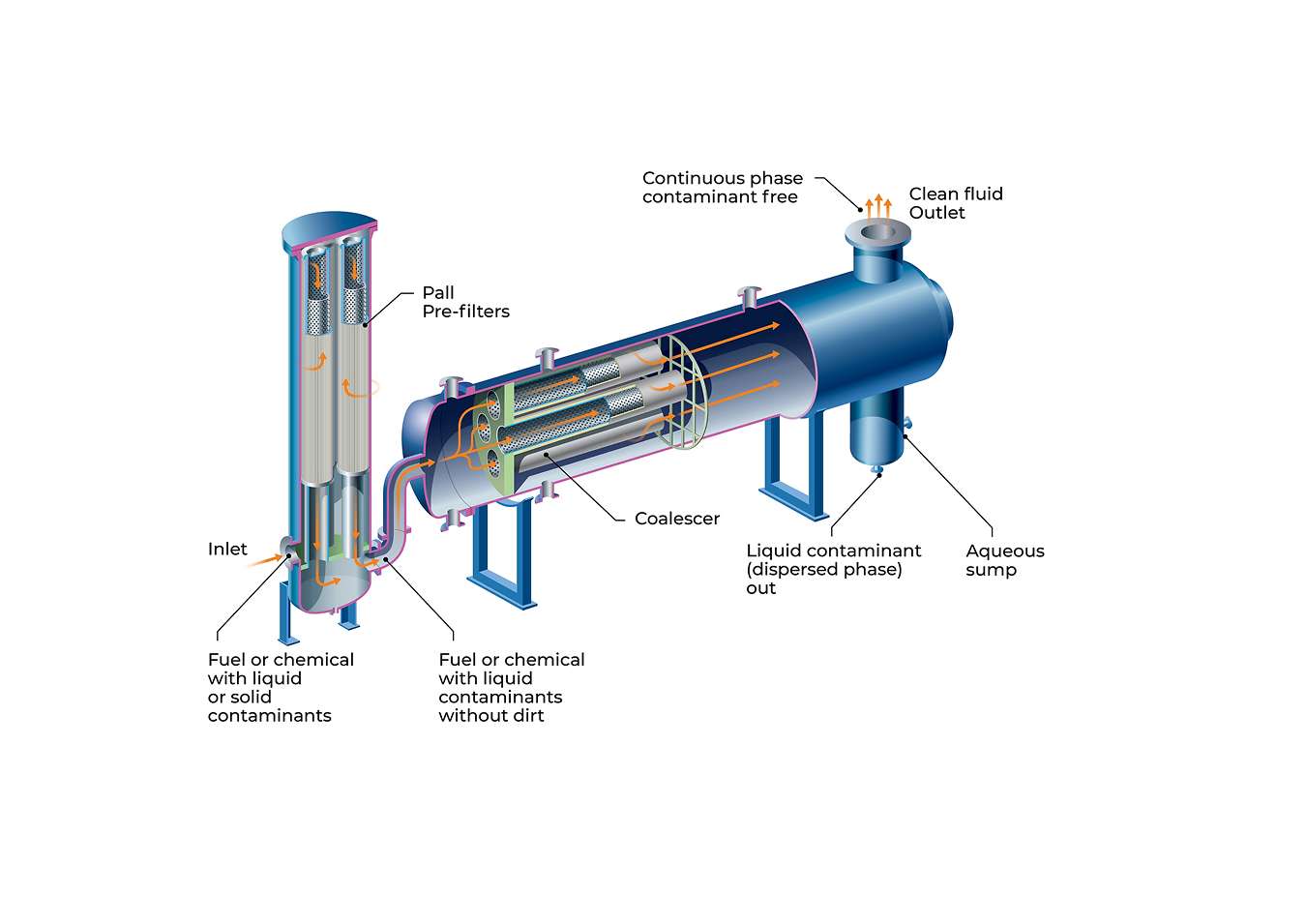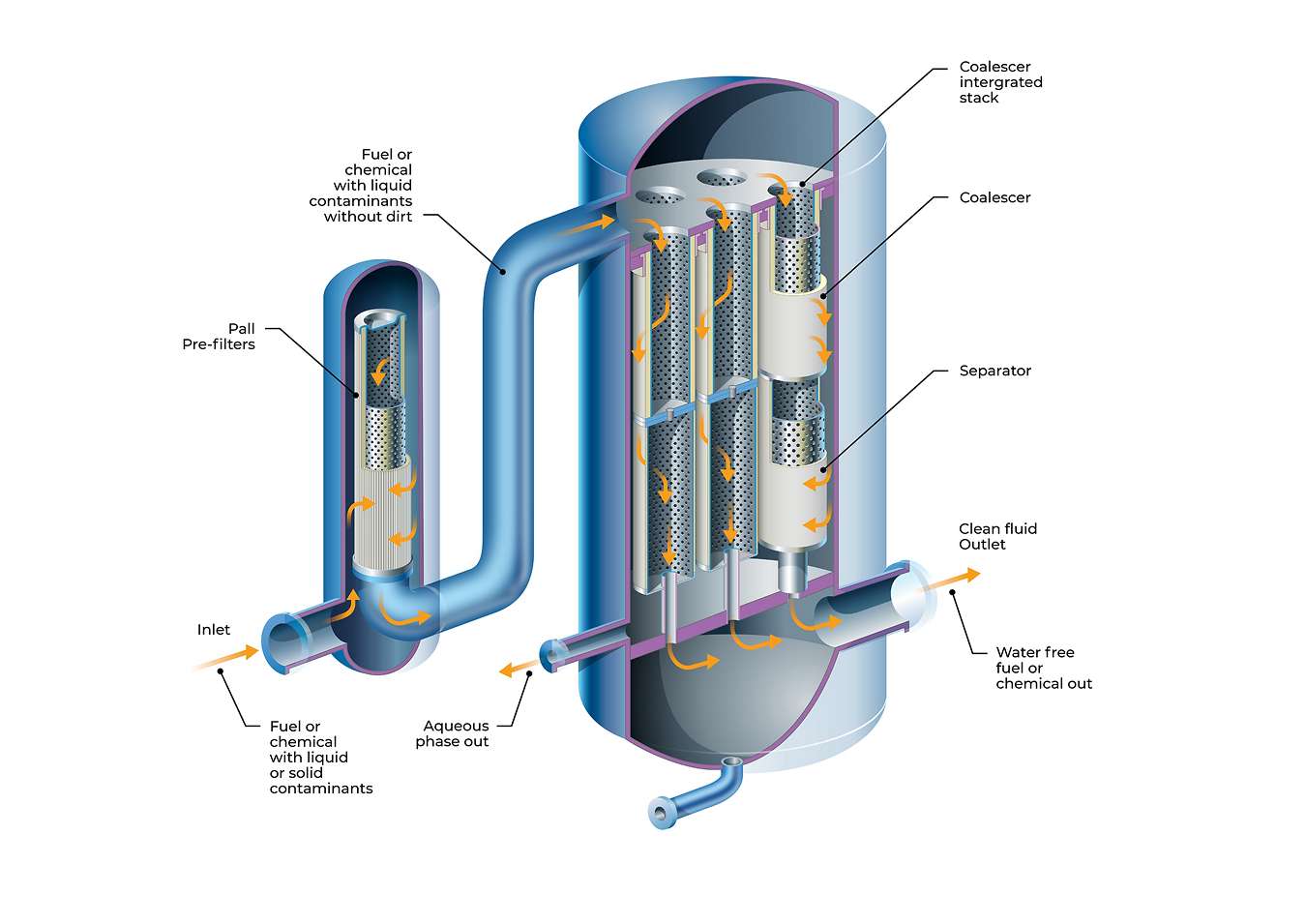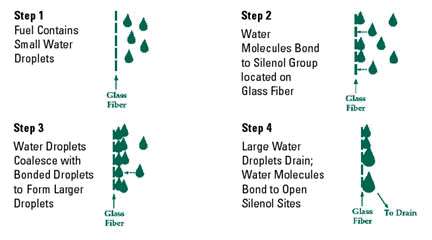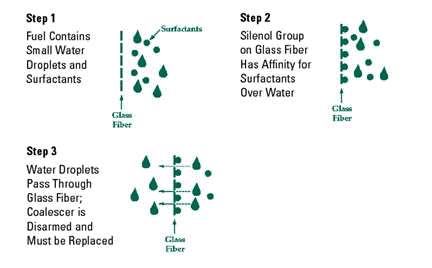Order Products
Red1000 Glass Fiber 12 micron (Beta 1000) Nitrile 36in 91.44cm
1/EA
6
Ultipor III Glass Fiber 5 micron (Beta 1000) Nitrile 8in 20.32cm length
1/EA
1

RT250A10S
30/EA
30

DISC NM NHG 047100
1/EA
1

DISC NM NPG 025100
1/BOX
1
Nexis® A Series Filter Cartridges, Removal Rating 0.5 μm, Polypropylene, Length 10 inches, FEP encapsulated fluorocarbon elastomer Orings
30/EA
30
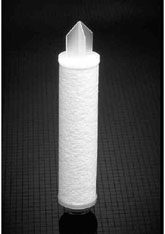
Nexis® A Series Filter Cartridges, Removal Rating 0.5 μm, Polypropylene, Length 10 inches, Nitrile
30/EA
30

Nexis, NXA, 0.5 μm, 25.4 cm (10 in), SOE fin end, external 226 O-rings (retrofits other manufacturers’ Code 7), Silicone gasket
30/EA
30
Nexis® A Series Filter Cartridges, Removal Rating 0.5 μm, Polypropylene
6/EA
6

Nexis, NXA, 0.5 μm, 25.4 cm (10 in), SOE flat closed end, external 222 O-rings (retrofits other manufacturers’ Code 0), EPDM gasket
60/EA
60
Nexis® A Series Filter Cartridges, Removal Rating 0.5 μm, Polypropylene, Length 19.5 inches
12/EA
12



